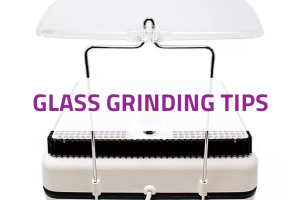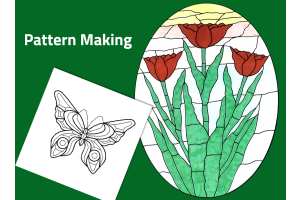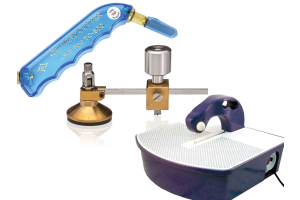We use cookies to make your experience better. To comply with the new e-Privacy directive, we need to ask for your consent to set the cookies. Learn more.
- Sheet Glass
-
Accessory Glass
- Tools, Equipment & Kilns
- Fusing Supplies
-
Art Glass Supplies
-
SG Chemicals
Metals
Displays
Paints, Enamels & Glazes
-
- Flameworking
- Brands
-
About
-
Learn
-
Clearance
- Home
- News
- News and Blogs
- Soldering Techniques and Tips
item(s) in your cart











